RF Safety Lab Ensures Wireless Gadgets Meet Safety Standards
Cars That Think
JANUARY 29, 2025
specializes in specific absorption rate (SAR) testing, nerve stimulation testing, and measuring power density levels of charging docks, surgical tools, tablets, and other products. Like many companies, the designers were resourceful and purchased the transmitter parts at a low cost from a manufacturer overseas, he says.





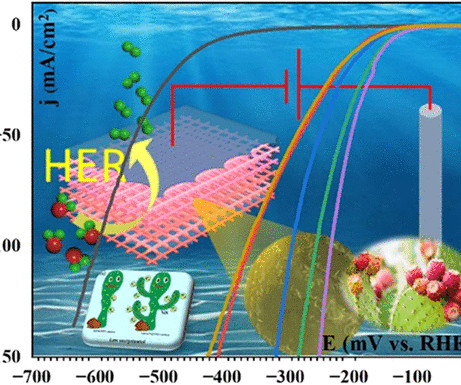










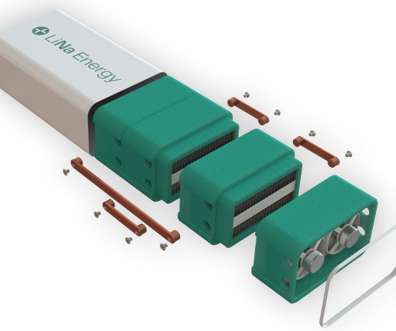

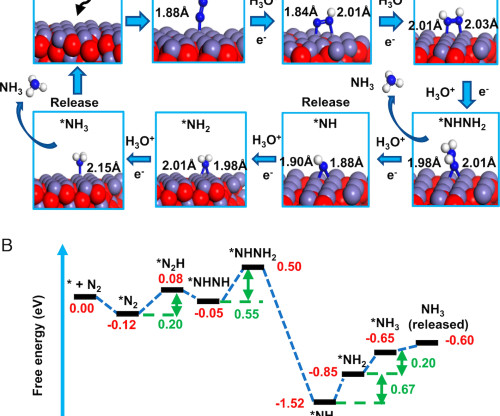

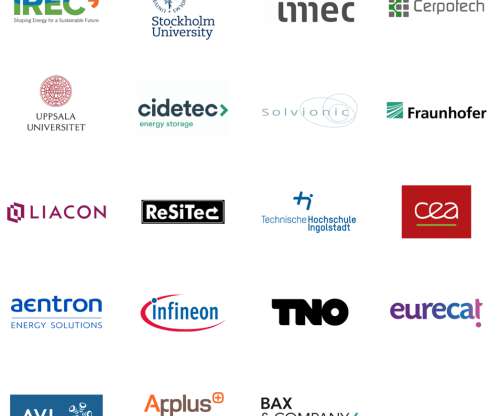



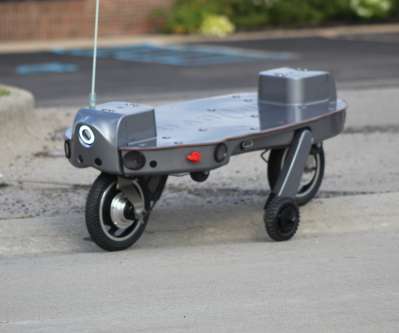
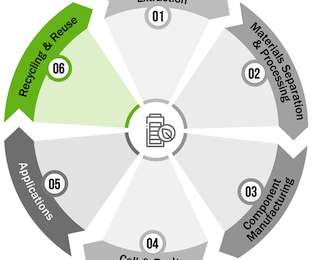

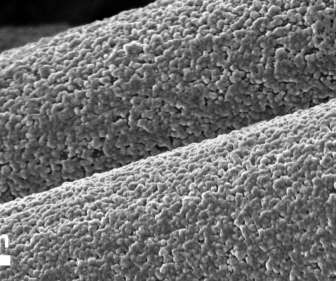
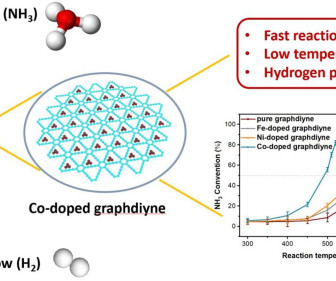
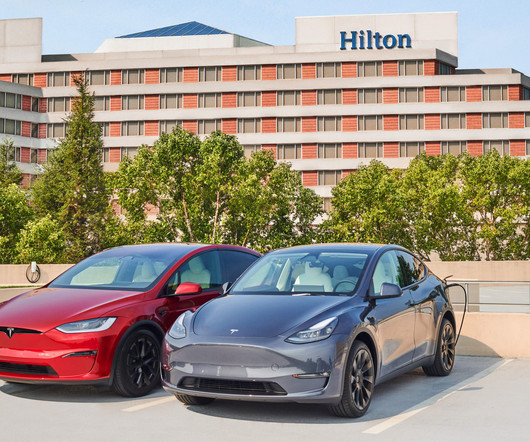







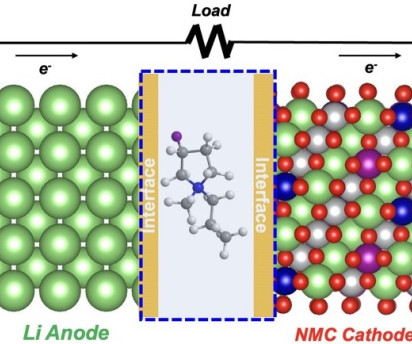






Let's personalize your content